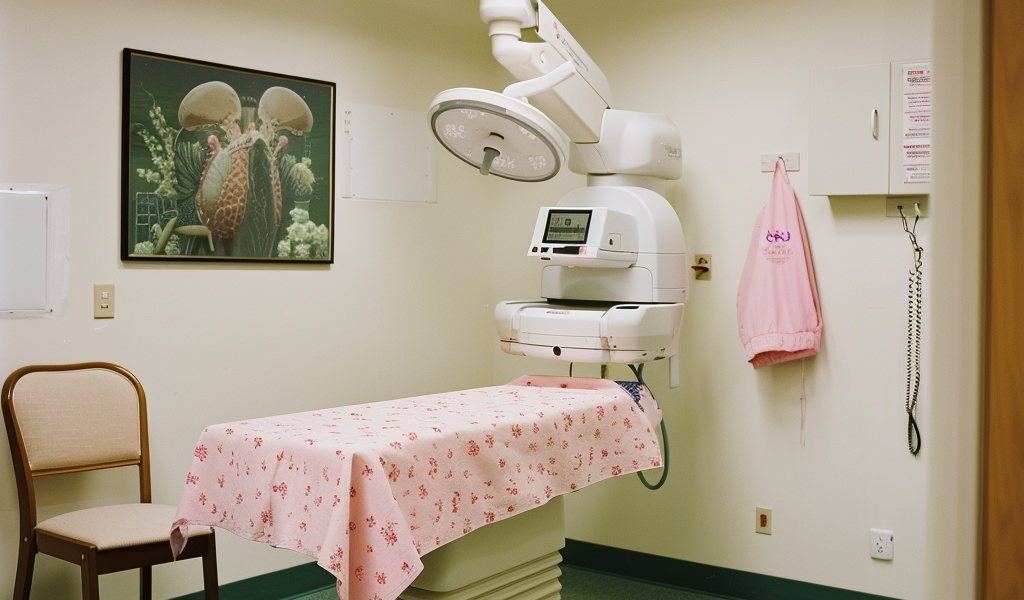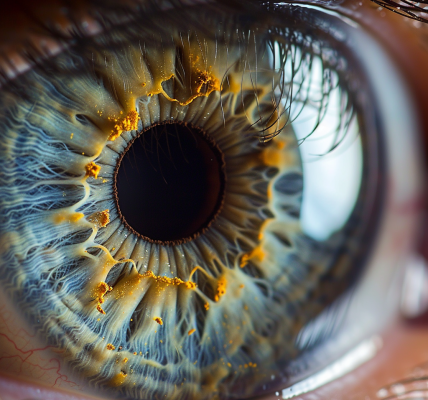October marks Breast Cancer Awareness Month, a crucial time to emphasize the significance of regular mammograms in the early detection of breast cancer. Early detection plays a vital role in successful cancer treatment, and advancements in technology are enhancing the effectiveness of mammography.
Cayuga Health has recently upgraded its mammogram technology, offering more sensitive and clinically proven breast cancer screenings. This state-of-the-art equipment facilitates earlier detection of breast cancer, ultimately reducing the need for callbacks and additional diagnostic testing for both women and men.
Understanding Mammograms
Mammograms are essential tools in breast cancer detection, and they come in two primary types:
- Screening Mammograms: These are designed for individuals who exhibit no signs of breast cancer. Screening mammograms can identify tumors before they become palpable.
- Diagnostic Mammograms: These are utilized to investigate abnormal breast changes, including lumps, pain, nipple discharge, or changes in breast size or shape. Diagnostic mammograms involve taking more images than screening mammograms and are also employed to follow up on any issues identified during a screening.
Who Should Get a Mammogram?
Women over the age of 40 face an increasing risk of developing breast cancer as they age. It is generally recommended that women of average risk undergo mammograms every two years from ages 40 to 74. While breast cancer is significantly more prevalent in women, men can also develop the disease, particularly due to inherited genetic mutations, with risk increasing after age 60. Additionally, transgender individuals should consult with their healthcare providers regarding appropriate screening timelines.
Benefits of 3D Mammography
Cayuga Health facilities provide advanced 3D mammography, which offers numerous advantages:
- Earlier Detection: This technology can uncover small breast cancers that may not be visible on traditional mammograms.
- Clearer Images: 3D mammography provides more precise images of abnormalities, especially in dense breast tissue.
- Greater Accuracy: The technology allows for improved identification of the size, shape, and location of breast abnormalities.
- Detection of Multiple Tumors: It enhances the ability to detect multiple breast tumors.
- Reduced Need for Additional Testing: With more accurate results, there is a decreased likelihood of needing follow-up tests.
Dense breast tissue, which is prevalent in nearly 50% of U.S. women aged 40 to 74, can complicate the evaluation of conventional 2D digital mammograms. This often leads to additional testing, which can induce anxiety and incur extra costs for patients. The innovative 3D mammography technology at Cayuga Health combines 2D and 3D imaging in a single test, providing radiologists with comprehensive information while minimizing radiation exposure, as there is no need for separate tests.
What is 3D Mammography?
3D mammography employs a low-dose x-ray system and computer-generated reconstructions to create three-dimensional images of the breast. This advanced imaging technique allows for a more detailed examination of breast tissue, significantly improving the chances of early detection of breast cancer.
By utilizing this cutting-edge technology, healthcare providers can offer patients a more reliable and efficient screening process, ultimately contributing to better health outcomes and increased survival rates. As Breast Cancer Awareness Month progresses, it serves as an important reminder for individuals to prioritize their health and schedule regular mammograms.
In summary, the integration of advanced 3D mammography technology at Cayuga Health represents a significant leap forward in breast cancer detection. With its ability to provide clearer images, enhance accuracy, and reduce the need for additional tests, this innovative approach is set to improve the early detection of breast cancer, ultimately saving lives.





